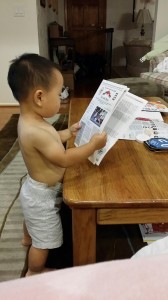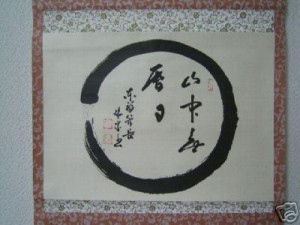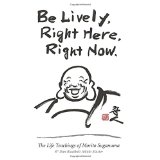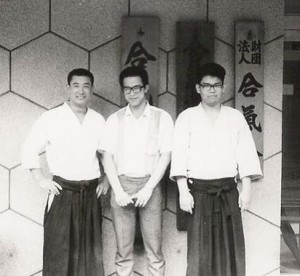Furu ike ya! The old pond, ah! Kawazu tobikomu, A frog jumps in: Mizu no oto. The water's sound.
This poem is by Basho (1644-1694) and is probably the most well known haiku ever written. I was blown away by this haiku when I first read this in D.T. Suzuki's Zen and Japanese Culture. For some reason it always makes me think about fall and a cool morning sitting by a pond. Upon reading this, I find myself transported to another place that is hard to explain. In this place I can actually feel Basho's emotion as he is caught up in the moment.
I have never been one for poetry and in fact I have always thought of it as an unmanly pursuit but something about haiku really touches me. For me, good haiku encapsulates the Way and what it means to follow it. Good haiku is like Aikido - simple yet sophisticated. The writer is able to be present in the moment but yet convey a sense of feeling within that present moment. When you are attacked, being in the moment dictates that you only observe and don't react - true Budo is nothing more than this.











